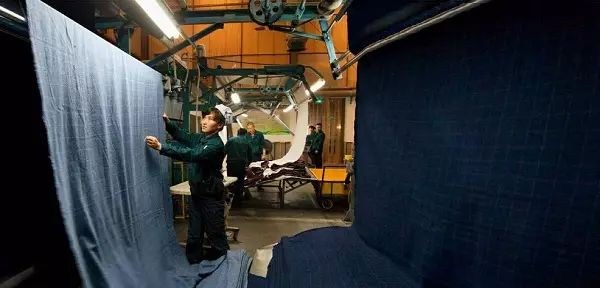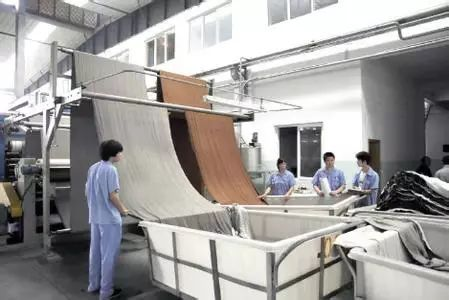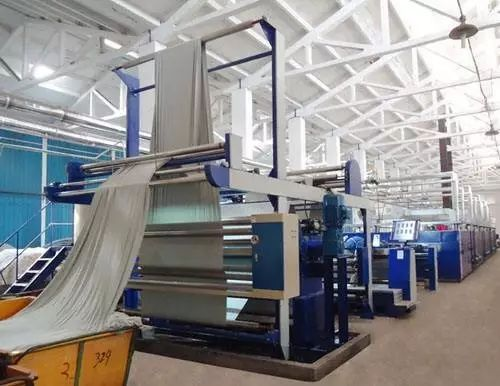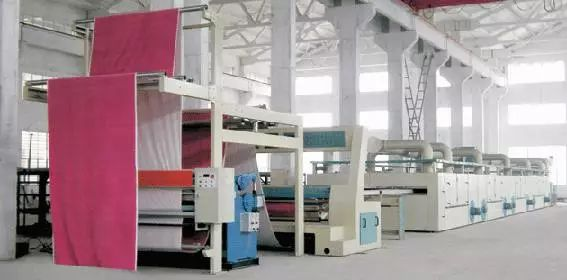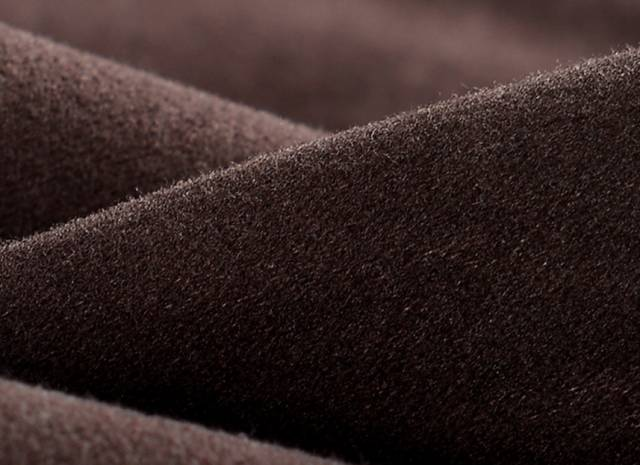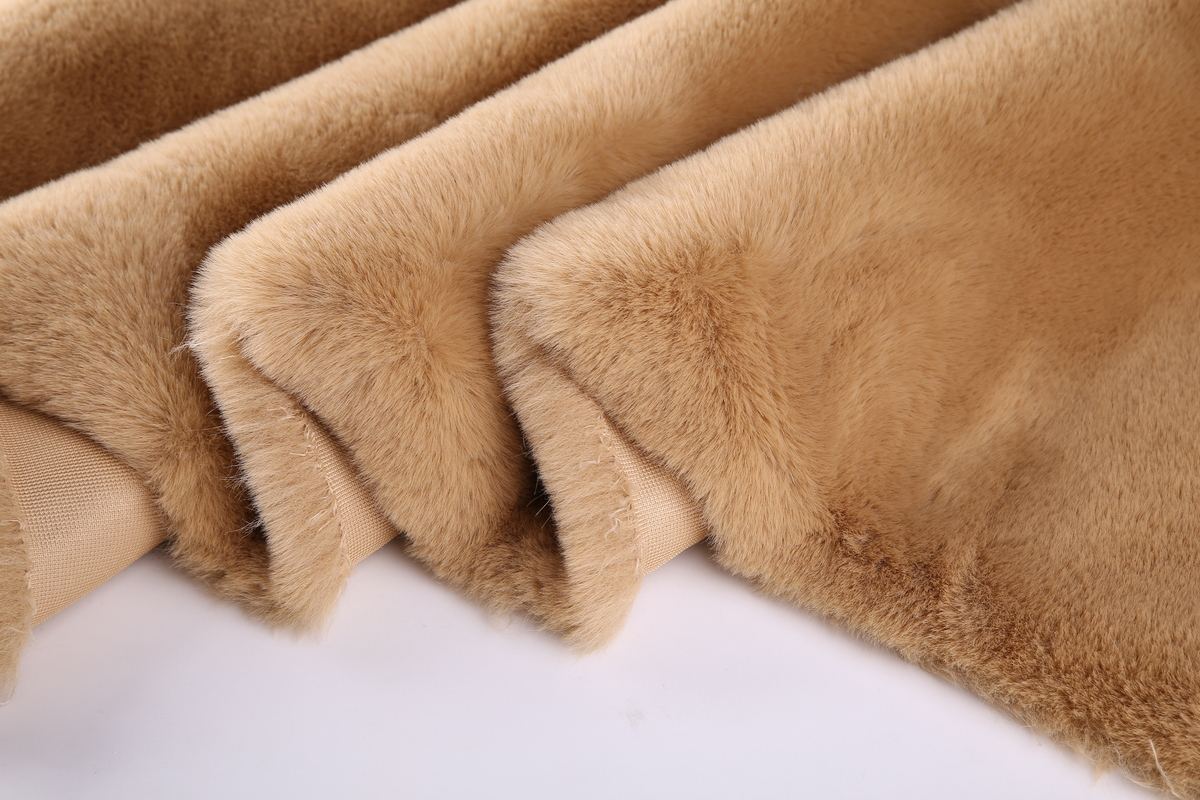Concept
Finishing process is the technical treatment method to impart fabrics color effect, shape effect smooth, napping and stiff, etc.) and practical effect (impervious to water, non-felting, non-ironing, anti-moth and fire-resistant, etc.). Textile finishing is a process of improving the appearance and hand felling of fabrics, enhancing wearability and usability or giving fabrics special functions through chemical or physical methods. It is the “icing on the cake” process for textiles.
Methods of finishing can be divided into physical/mechanical finishing and chemical finishing. According to different purpose and results of finishing, it can be divided into basic finishing, exterior finishing and functional finishing.
The Purpose of Finishing
- Make breadth of textiles neat and uniform and keep stability of size and shape. As tentering, mechanical or chemical shrinkproofing, crease-resist and heat setting, etc.
- Improve appearance of textiles, including improve luster and whiteness of fabric or reduce the surface fluff of textile. As whitening, calendering, lightening, embossing, sanding and felting, etc.
- Improve hand feeling of textiles, mainly using chemical or mechanical methods to impart textiles soft, smooth, plump, stiff, thin or thick hand feeling. As softening, stiffening and weightening, etc.
- Improve durability of textiles, mainly using chemical methods to prevent sunlight, atmosphere or microorganisms damaging or eroding fibers and prolong using life of textiles. As anti-moth finishing and mildew-proof finishing, etc.
- Impart textiles special performance, including protective performance or other special functions. As flame-retardant, anti-bacterial, water-repellent, oil repellent, ultraviolet-proof and anti-static, etc.
Various Kinds of Finishing Process
1.Preshrinking:
It is the process to reduce shrinkage rate which uses physical method to reduce the shrinkage of fabric after soaking.
2.Tentering:
It is the process to take advantage of the plasticity of fibers such as cellulose fiber, silk and wool, etc. under wet conditions to gradually tenter the fabric to the required size for drying, so that the size and shape of fabric is stabile.
3.Sizing:
It is the finishing process to gain thick handle and stiff effect by dipping fabrics in sizing and then drying.
4.Heat setting:
It is the process to keep the stability of shape and size of thermoplastic fiber, blends or intertexture. It is mainly used for processing synthetic fibers and blends, as nylon or polyester, etc., which are easy to shrink and deform after heating. Heat setting process can improve dimensional stability of fabric and make the hand feeling more stiff.
5.Whitening:
It is the process to take advantage of the principle of complementary color of light to increase whiteness of textiles, including two methods, as adding blue shade and fluorescent whitening.
6.Calendering, lightening, embossing:
Calendering is the process to take advantage of the plasticity of fibers under hot and wet conditions to straighten and roll the textile surface or roll out parallel fine twill, which increases the luster of textiles.
Lightening is the calendering on fabrics by electrically heated rollers.
Embossing is using steel and soft rollers engraved with patterns to emboss shiny patterns on textiles under heating padding condition.
7.Sanding:
Sanding process can make the warp yarns and weft yarns produce nap simultaneously and the fluff is short and dense.
8.Fluffing:
Fluffing process is mainly applied in woolen fabric, acrylic fiber fabric and cotton fabric, etc. The fluffing layer can improve the warmth of the fabric, improve its appearance and impart it soft handle.
9,Shearing:
It is the process to use cropping machine to remove unwanted fuzz from the surface of the fabric, which is to make the fabric weavy grain clear, fabric surface smooth, or make fluffing fabrics or napping fabrics surface neat. Generally wool, velvet, artificial fur and carpet products need shearing.
10.Softening:
There are two methods of soft finishing: as mechanical finishing and chemical finishing. Mechanical method is to repeatedly rub and bend the fabric. But the finishing effect is not good. And chemical method is to add softener on fabric to decrease the friction coefficient between fiber and yarn, so as to gain soft and smooth hand feeling. The finishing effect is significant.
Post time: Jul-19-2022


